Top Yield-Bearing Stablecoins in 2024: Compare sDAI, USDe, USDY, sfrxUSD, and More for Passive DeFi Income
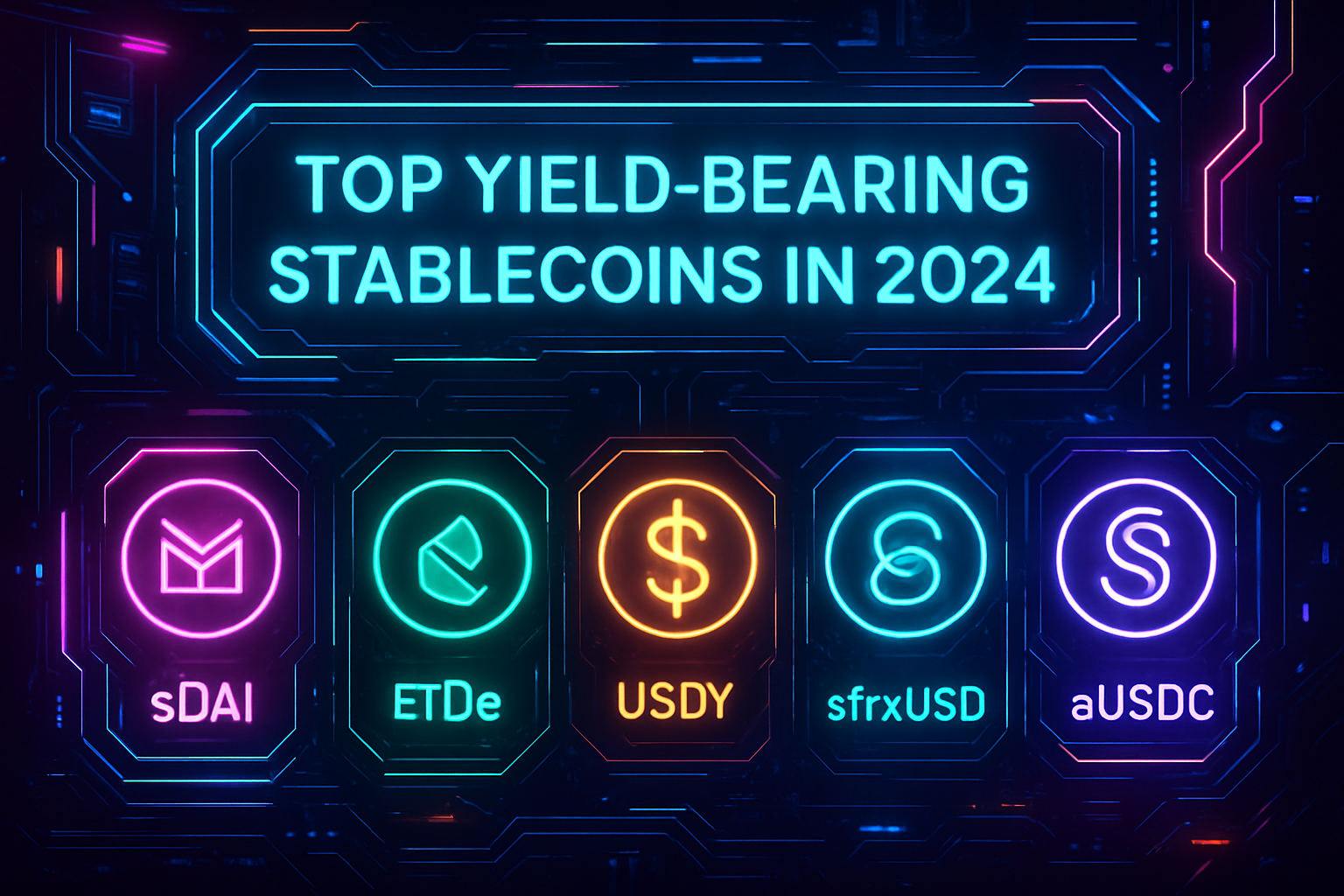
Yield-bearing stablecoins have rapidly become a cornerstone for DeFi users seeking passive income with lower volatility. As of mid-2025, these innovative assets represent over 4.5% of the stablecoin market, with total capitalization surging from $1.5 billion in early 2024 to more than $11 billion today. What sets yield-bearing stablecoins apart is their ability to generate returns directly for holders, without the need for complex yield farming or staking strategies elsewhere.

This article focuses on the top five yield-bearing stablecoins in 2024, each selected for its robust DeFi adoption, competitive APY, and unique approach to risk and reward. We’ll dissect their mechanisms, current yields, and what makes them stand out in a crowded market.
The Rise of Yield-Bearing Stablecoins: Market Context
Stablecoins like USDT and USDC continue to dominate trading volumes, but their non-yielding nature has driven DeFi users to seek alternatives that combine stability with real returns. Yield-bearing stablecoins such as sDAI, USDe, USDY, sfrxUSD, and aUSDC are engineered specifically for this purpose.
Each option on our list leverages a different mechanism, ranging from protocol-native savings rates to tokenized real-world assets, to deliver attractive APYs while maintaining dollar pegs. This diversity means investors can tailor their exposure based on risk appetite, regulatory considerations, and integration within DeFi protocols.
sDAI (Staked DAI): Simplicity Meets Stability
sDAI is MakerDAO’s answer to yield-seeking DAI holders. By depositing DAI into the DAI Savings Rate (DSR) contract via Spark Protocol or compatible frontends, users receive sDAI, a token that accrues interest automatically. The current annualized yield sits at 3.25%, set by Maker governance based on protocol revenues and broader market rates.
- No lockups: Users can redeem sDAI back to DAI at any time.
- Wide DeFi support: sDAI is integrated across lending markets and automated vaults.
- Risk factor: Exposure is limited mainly to MakerDAO’s smart contract security and collateral management.
This makes sDAI an excellent entry point for those new to passive crypto yields or seeking a “set-and-forget” strategy within blue-chip DeFi infrastructure.
USDe (Ethena Labs): Synthetic Yields With Hedged ETH Exposure
USDe, from Ethena Labs, takes a more sophisticated approach by minting stablecoins using staked ETH (stETH) as collateral while hedging ETH price risk via perpetual short positions. The result is a synthetic dollar asset with multiple income streams:
- stETH staking rewards: Currently around 2.76% annually.
- Funding rate income: Generated from positive funding on perpetual swaps platforms.
- sUSDe variant: Staking USDe converts it into sUSDe, which currently yields around 5%.
This multi-layered design has allowed Ethena’s USDe ecosystem to offer some of the highest sustainable yields among major stablecoins, though it also introduces additional risks related to derivatives markets and ETH volatility management. For those comfortable with synthetic structures and seeking higher APY potential, USDe/sUSDe stands out as an innovative leader in the space.
Top 5 Yield-Bearing Stablecoins for Passive DeFi Income
-
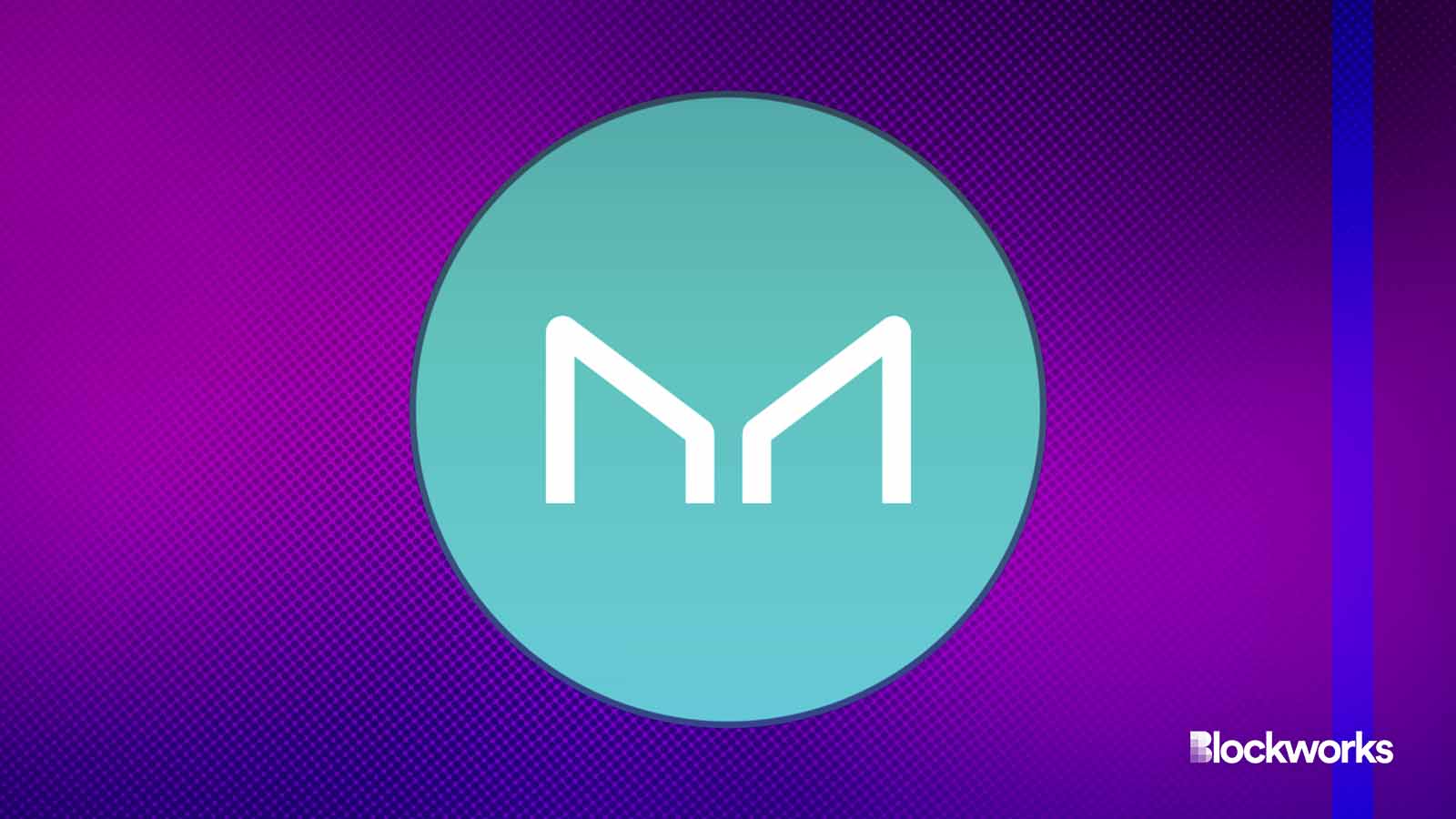
sDAI (Staked DAI): sDAI is created by depositing DAI into MakerDAO’s DAI Savings Rate (DSR) contract, allowing holders to earn a current annualized yield of 3.25%. sDAI is widely integrated across DeFi protocols and offers a low-risk, permissionless way to earn passive income while maintaining liquidity.
-
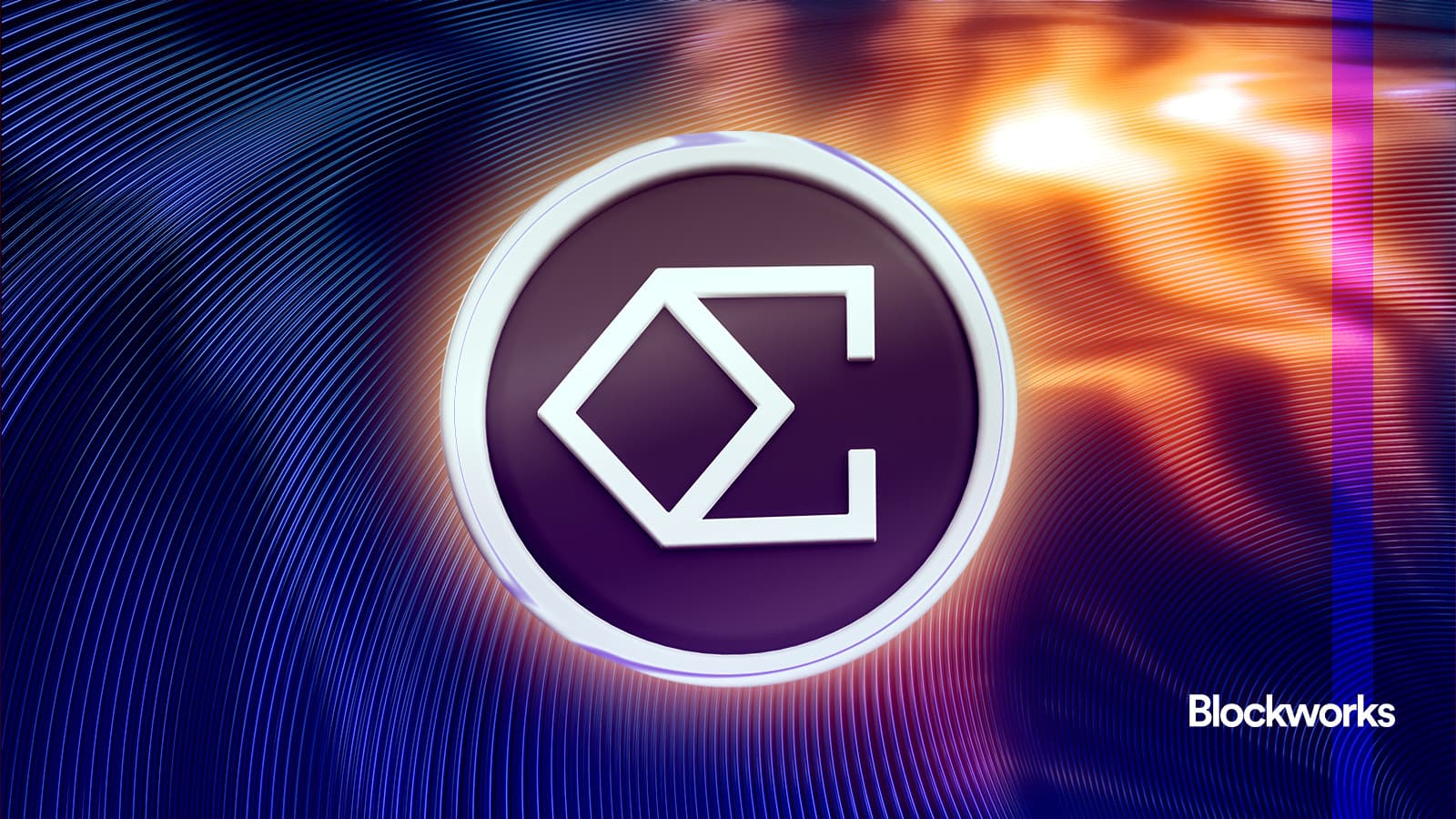
USDe (Ethena USDe): USDe is issued by Ethena Labs and backed by a delta-neutral strategy involving staked ETH (stETH) and short ETH positions. Staking USDe as sUSDe provides an attractive ~5% APY (with historical rates even higher), making it a leading option for yield-seeking DeFi users.
-
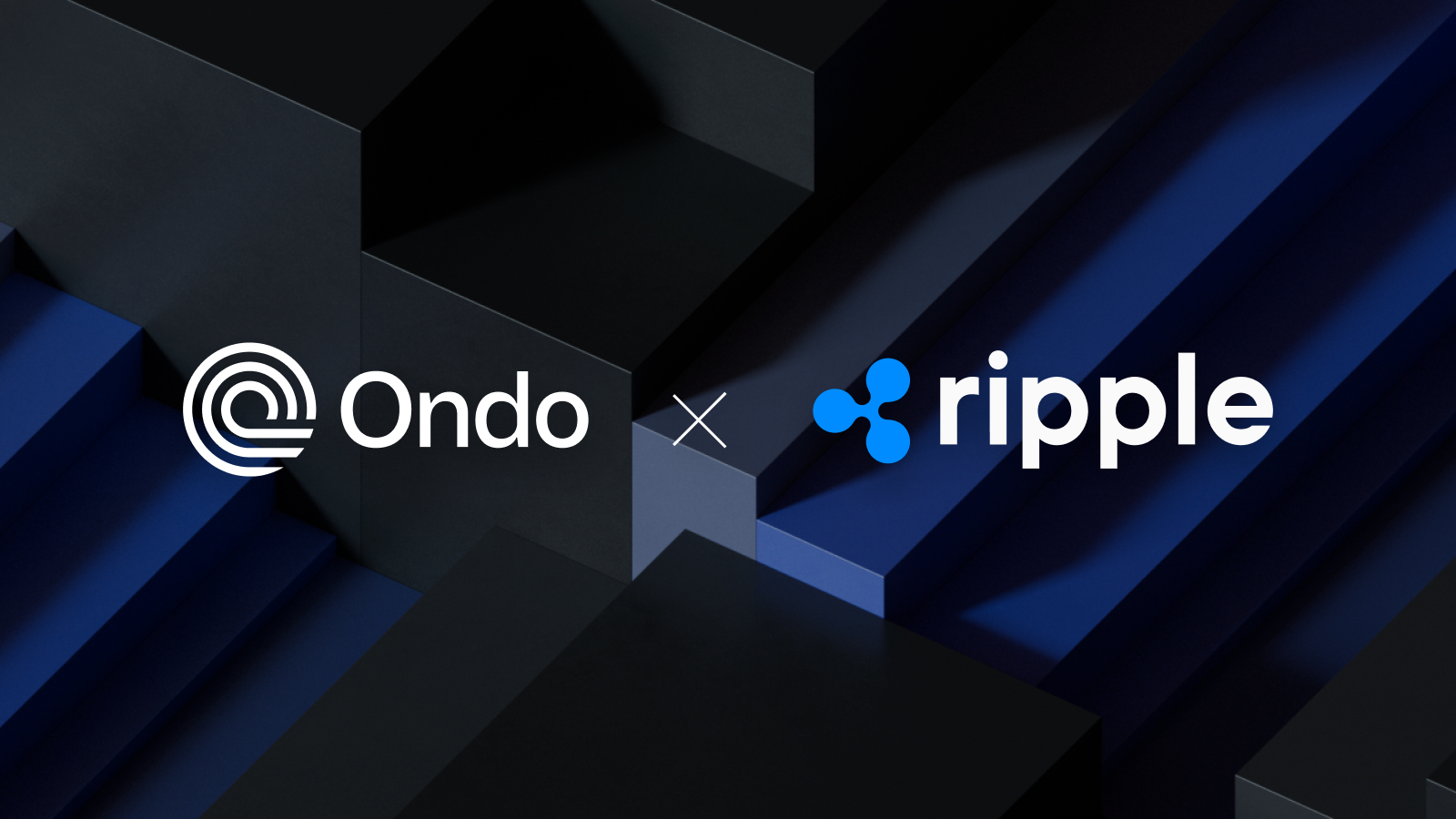
USDY (Ondo USD Yield): USDY is an Ondo Finance stablecoin backed by U.S. Treasury bills and investment-grade assets. It currently offers a 4.25% annualized yield, distributed monthly, and is designed for both institutional and retail investors seeking on-chain exposure to traditional finance yields.
-
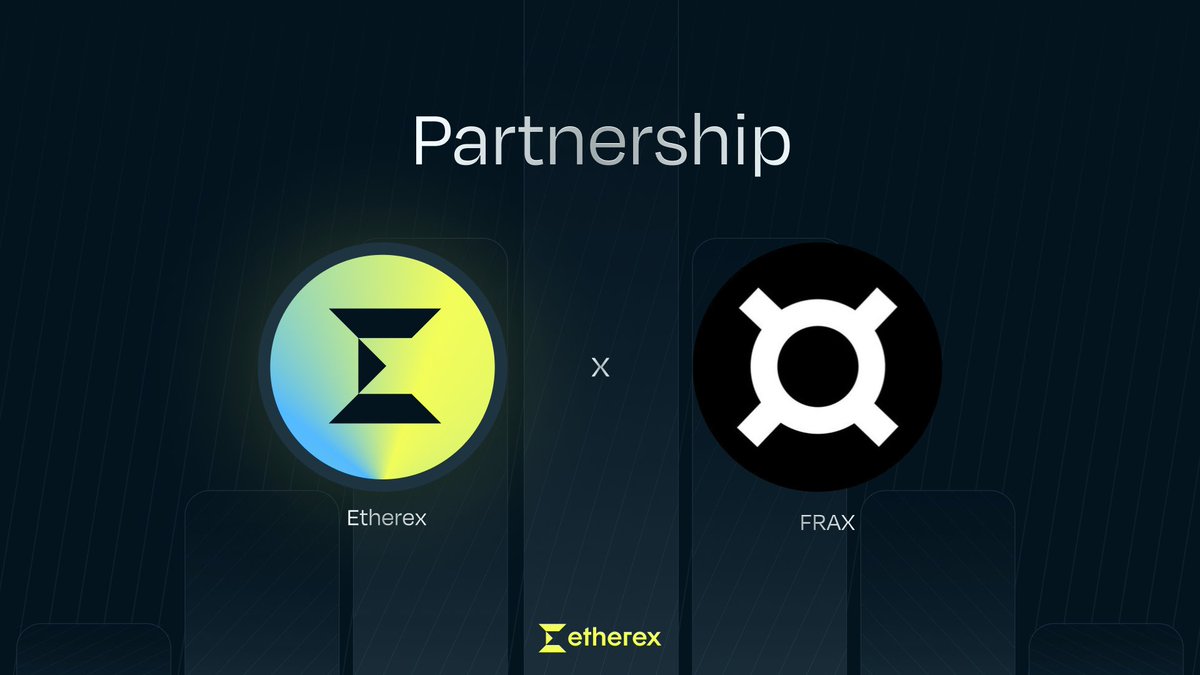
sfrxUSD (Staked Frax USD): sfrxUSD is the yield-bearing version of Frax Finance’s FRAX stablecoin. It accrues yield from real-world asset strategies, including U.S. Treasuries, with yields varying based on underlying asset performance. sfrxUSD can be used across DeFi for both yield and utility.
-

aUSDC (Aave Interest-Bearing USDC): aUSDC represents USDC deposited into Aave’s lending protocol, earning variable interest from borrowers. While yields fluctuate with market demand, aUSDC remains a core DeFi yield-bearing asset with deep liquidity and broad protocol support.
USDY (Ondo USD Yield): Real-World Asset Backing On-Chain
USDY by Ondo Finance bridges traditional finance with DeFi by backing its stablecoin with U. S. Treasury bills via tokenized exposure. Users deposit USDC into Ondo’s platform; Ondo allocates these funds into short-term Treasuries, the gold standard for low-risk yield, and passes returns back on-chain through USDY tokens. The current annualized APY is about 4.25%.
- Semi-transparent reserves: Holdings are regularly attested by third parties.
- No minimums: Accessible both to institutions and individuals seeking regulated exposure.
- Main risks: Regulatory shifts affecting tokenized securities or custody arrangements could impact access or liquidity.
This model appeals strongly to those who want U. S. -style safety nets without leaving blockchain rails, and has seen rapid adoption among both retail users and DAOs managing large treasuries.
sfrxUSD (Staked Frax USD): Dynamic Yield from DeFi and Real-World Assets
sfrxUSD is the yield-bearing version of Frax Finance’s stablecoin ecosystem. By staking FRAX, users receive sfrxUSD, which accrues yield sourced from a blend of on-chain lending, DeFi protocols, and tokenized U. S. Treasury bills. Unlike rebasing tokens, sfrxUSD increases in value over time rather than growing your token balance, a subtle but important distinction for accounting and integrations.
- Yield source: Combination of protocol fees, DeFi lending returns, and off-chain treasury yields.
- Flexible use: sfrxUSD can be deployed in liquidity pools or held passively for compounding returns.
- Risk profile: Exposed to both smart contract risk and the evolving regulatory landscape around real-world asset integration.
This hybrid approach allows sfrxUSD to offer competitive APYs while maintaining broad utility across the Frax ecosystem and beyond. For investors seeking exposure to both DeFi innovation and real-world yield streams, sfrxUSD is a compelling option.
aUSDC (Aave Interest-Bearing USDC): DeFi Lending for Consistent Returns
aUSDC represents USDC supplied to the Aave protocol, a leading decentralized lending platform. When you deposit USDC into Aave, you receive aUSDC tokens that accrue interest as borrowers pay to access liquidity. Yields fluctuate based on supply-demand dynamics within Aave’s markets; as of 2024, typical APYs range between 2% and 4%, occasionally spiking higher during periods of elevated borrowing demand.
- No lockup: Users can withdraw underlying USDC at any time by redeeming aUSDC.
- Main risks: Protocol-level smart contract vulnerabilities or liquidity crunches during market stress events.
- Ecosystem integration: aUSDC is widely accepted as collateral or for earning stacking yields across DeFi platforms.
This makes aUSDC one of the most accessible and well-understood yield-bearing stablecoins, ideal for those who want transparent returns with deep liquidity and minimal friction.
Comparing Yield-Bearing Stablecoins: Choosing the Right Strategy
Navigating yield-bearing stablecoins means balancing risk-adjusted returns, integration needs, and personal risk tolerance. Here’s how these five contenders stack up on key dimensions:
Yield-Bearing Stablecoins Comparison (2024)
| Stablecoin | APY (%) | Mechanism Type | Yield Mechanism | Risk Sources | Minimums & Lockups |
|---|---|---|---|---|---|
| sDAI (Staked DAI) | 3.25% | Non-Rebasing | Earns DAI Savings Rate (DSR) via MakerDAO | Protocol (MakerDAO), Market, Regulatory | No minimum, no lockup |
| USDe / sUSDe (Ethena) | ~5% (sUSDe), up to 9.3% (USDe historically) | Rebasing (sUSDe) / Non-Rebasing (USDe) | stETH staking + funding rate hedges | Protocol (Ethena), Market (hedge risk), Regulatory | No minimum, no lockup |
| USDY (Ondo) | 4.25% | Non-Rebasing | USDC deposited, yield from U.S. Treasuries | Protocol (Ondo), Market (Treasury risk), Regulatory (KYC/AML) | May require KYC, no lockup |
| sfrxUSD (Staked Frax USD) | Varies (based on underlying assets) | Non-Rebasing | Staked FRAX, yield from real-world assets (e.g., Treasuries) | Protocol (Frax), Market (asset risk), Regulatory | No minimum, no lockup |
| aUSDC (Aave Interest-Bearing USDC) | Varies (e.g., 4-5%) | Non-Rebasing | USDC supplied to Aave, earns variable lending interest | Protocol (Aave), Market (borrower risk), Regulatory | No minimum, no lockup |
The diversity among these options underscores why many seasoned DeFi investors use a basket approach, allocating across several assets to diversify protocol risk while capturing different sources of stablecoin yield. For instance, sDAI’s simplicity appeals to conservative users; USDe offers higher but more complex synthetic returns; USDY and sfrxUSD provide exposure to real-world assets; while aUSDC stands out for flexibility within blue-chip lending markets.
Key Takeaways for Passive Income Seekers in 2024
- sDAI: Best-in-class simplicity with solid APY from MakerDAO’s DSR mechanism, low friction entry point into passive crypto yields.
- USDe/sUSDe: High-yield potential leveraging synthetic hedged strategies, suited for those comfortable with derivatives risk layers.
- USDY: On-chain access to U. S. Treasury yields, ideal for users prioritizing real-world asset backing without leaving crypto rails.
- sfrxUSD: Hybrid model tapping both DeFi innovation and traditional finance, dynamic yet robust yield profile as Frax expands its integrations.
- aUSDC: Deepest liquidity among lending protocols, transparent rates with seamless withdrawals make it highly versatile for any portfolio size.
The future of passive income in crypto will likely be shaped by ongoing competition among these protocols, and by innovations that further blur lines between traditional finance and trustless digital assets. As always, thorough due diligence is essential: review current APYs directly on protocol dashboards before allocating capital, monitor smart contract audits or governance changes regularly, and consider spreading exposure across multiple stablecoins to mitigate idiosyncratic risks.
Yield-bearing stablecoins are no longer niche, they are foundational tools for building resilient portfolios in today’s DeFi landscape. With careful selection among leaders like sDAI, USDe/sUSDe, USDY, sfrxUSD, and aUSDC, you can harness competitive yields while keeping volatility at bay.
For more detailed breakdowns on specific protocols or real-time alerts about changing APYs in this fast-moving sector, stay tuned to Stable Coin Alerts!







